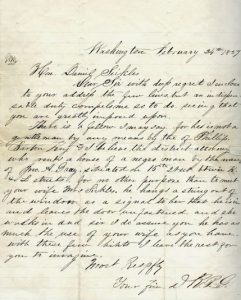 On February 27, 1859 Philip Barton Key sat on a bench outside the home of his mistress Teresa Sickles and signaled his arrival. Key was the son of famed author Francis Scott Key, and a lawyer who served as U.S Attorney for the District of Columbia. He also had a reputation for rakish behavior and was widely regarded as the handsomest man in Washington. Teresa Sickles, meanwhile, was the wife of congressman Daniel Sickles of New York.
On February 27, 1859 Philip Barton Key sat on a bench outside the home of his mistress Teresa Sickles and signaled his arrival. Key was the son of famed author Francis Scott Key, and a lawyer who served as U.S Attorney for the District of Columbia. He also had a reputation for rakish behavior and was widely regarded as the handsomest man in Washington. Teresa Sickles, meanwhile, was the wife of congressman Daniel Sickles of New York.
Key’s affair with Sickles began in the spring of 1858, but it would come to an abrupt halt on that fateful day in February 1859.
Earlier that Week, Daniel Sickles received an anonymous letter describing the details of Key’s affair with his wife. On the afternoon of the 27th, Sickles was lying in wait to catch Key in the act. Upon seeing Key on the bench outside his home, Sickles dashed outside and cried, “Key, you scoundrel, you have dishonored my home. You must die!” Sickles then fired multiple pistol shots a Key, inflicting grievous wounds that left him dead just a few hours later.
Following a lengthy and highly-controversial trial, Sickles was acquitted of the murder of Philip Barton Key based on grounds of temporary insanity. This was the first time the temporary insanity defense was employed successfully in the United States. It’s also worth noting that Sickles’ defense attorney was Edwin M. Stanton, who would go on to serve as Secretary of War for President Abraham Lincoln.
Although the murder case was closed long ago, the author of the letter that alerted Sickles to the affair remains a mystery. In an attempt to establish authorship of the letter, I compared it to writing samples of the four primary suspects: Samuel Butterworth, Stephen D. Beekman, Rose O’Neal and Henry Wikoff.
It was a challenging examination process, due in large part to the fact that I was limited to digitally-scanned documents which lack the detail of original documents. Despite these challenges, I was able to analyze common writing habits like letterforms, spacings, slant and connecting strokes to determine that none of the four suspected authors were the source of the letter. Thus, the letter must have been written by a fifth suspect who has yet to be identified. For now, the source of this letter remains one of the most enduring mysteries in American history.




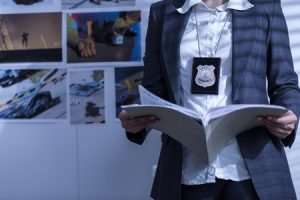 Handwriting is something that many people take for granted, but there are many cases where it is important to discovering the truth about a hand-written document. In some cases, handwriting can even have an impact on a case, even swaying a court’s decision. Let’s look at a prime example of how handwriting can make or break a case.
Handwriting is something that many people take for granted, but there are many cases where it is important to discovering the truth about a hand-written document. In some cases, handwriting can even have an impact on a case, even swaying a court’s decision. Let’s look at a prime example of how handwriting can make or break a case.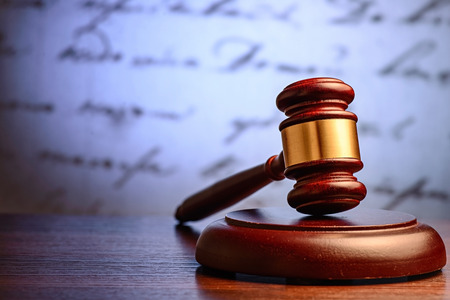 Shortly after the Lindbergh’s baby disappeared in March 1932, the Lindbergh family received a series of ransom notes demanding money in exchange for the return of the child. There were a dozen or more ransom notes in total and several other written correspondences between the suspected kidnapper and the Lindberghs. Many of these documents can be
Shortly after the Lindbergh’s baby disappeared in March 1932, the Lindbergh family received a series of ransom notes demanding money in exchange for the return of the child. There were a dozen or more ransom notes in total and several other written correspondences between the suspected kidnapper and the Lindberghs. Many of these documents can be 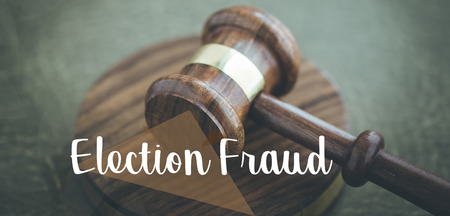 The year was 1994, and
The year was 1994, and 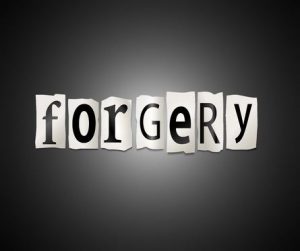 This letter that appeared to include correspondence between early Latter-day Saints convert Martin Harris and W.W. Phelps, one of the first leaders of the Latter-day Saints movement, and it seemed to allude to the true origin of the “gold plates” that founder Joseph Smith used to put together the Book of Mormon, the sacred text used by the LDS church. Specifically, the letter suggested there was a magical component to Smith’s discovery of the plates,
This letter that appeared to include correspondence between early Latter-day Saints convert Martin Harris and W.W. Phelps, one of the first leaders of the Latter-day Saints movement, and it seemed to allude to the true origin of the “gold plates” that founder Joseph Smith used to put together the Book of Mormon, the sacred text used by the LDS church. Specifically, the letter suggested there was a magical component to Smith’s discovery of the plates, 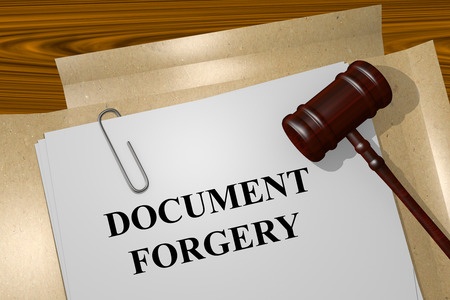 Check Writing Machine Identification
Check Writing Machine Identification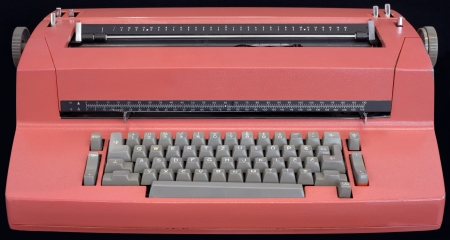
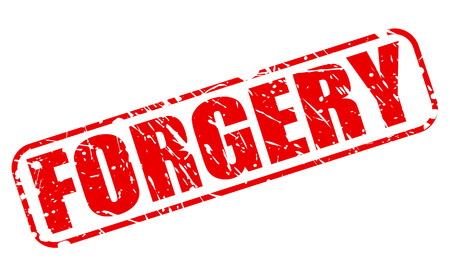 Spotting Forged Documents
Spotting Forged Documents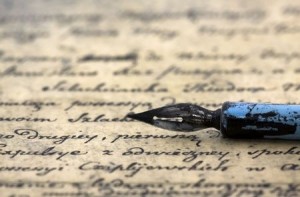 You may not think about it as you scribble your grocery list on a notepad, but those letters you’re using weren’t always the way people communicated. Ancient civilizations like the Egyptians used hieroglyphics, messages with a mixture of alphabetic and representational images to convey messages. Even as recently as Colonial times in America, when writing was considered a skill set that only few had, letters and handwriting varied drastically from one class of society to another. A recent article by
You may not think about it as you scribble your grocery list on a notepad, but those letters you’re using weren’t always the way people communicated. Ancient civilizations like the Egyptians used hieroglyphics, messages with a mixture of alphabetic and representational images to convey messages. Even as recently as Colonial times in America, when writing was considered a skill set that only few had, letters and handwriting varied drastically from one class of society to another. A recent article by